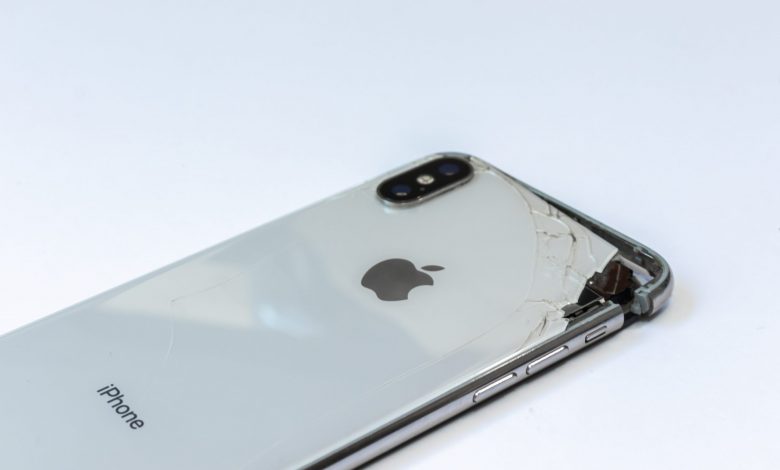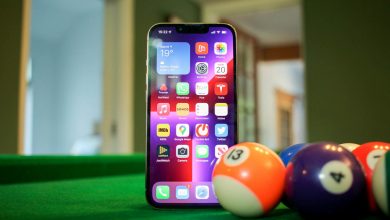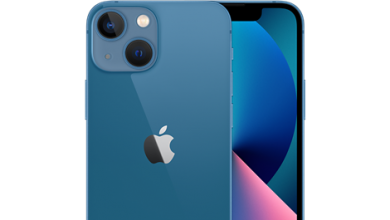
While some cell phones used to be rock solid, today no one is safe from a cracked phone screen. Glass is a material that has gained popularity in the design of cell phones. It is certainly elegant, but also very fragile. And the very frequent use we now have of our smartphones exposes them to all kinds of falls and accidents. So to deal with this, check out our tips for best protect your iPhone from shocks.
Contents
Why should I invest in protection for my iPhone?
It’s a well-known fact: iPhones and smartphones in general are not the most impact resistant devices. So to avoid some fears, invest in quality protection.
Invest Now to Save Later: iPhone Repair Prices
Since a recent iPhone exceeds 1000 euros, it is better to be safe than sorry by investing upfront in adequate and quality protection. Especially since the repair of your telephone, in particular the screen, can cause significant costs. Count between 100 and 300 euros at an independent repairer. Apple invoice between 150 and 360 euros for an iPhone not covered by its warranty.
Don’t take the risk of making your iPhone unusable
Beyond the cost of repairing your iPhone, adequate protection allows you to save unnecessary stress. Because you are not immune to a breakdown, or a screen that no longer responds and would make your phone unusable.
Another way to guard against this problem is to set up a your iPhone’s backup system.
Have you thought about reselling?
In view of the frequency of iPhone releases, it has become common practice to sell or return your iPhone to Apple, in order to obtain a reduction on the new model. To keep the value of your phone from decreasing, you have to keep it in as good condition as possible. Hence the interest of take care of your iPhone, and to protect it from any accident.
How do I choose the right protection for my iPhone?
You typed “iPhone protection” into your favorite search engine and felt lost in the face of the hundreds of thousands of results offered? Here are some criteria to help you make your choice.
Assess your needs to choose the type of iPhone protection that’s right for you
Take into account the how often you use your iPhone, your lifestyle and your activities. Do you spend a lot of time in outside with your phone? If you move around a lot, work outdoors (for example, on construction sites), or are athletic, then go for high quality protections, which withstand strong impacts.
It may also be good to assess your degree of clumsiness, to choose the quality of protection that suits you. Also, don’t neglect to invest in solid protection if you have children !
Your aesthetic preferences also come into play. In general, the more effective a protection, the less thin and elegant it is, even if manufacturers are making more and more efforts to develop cases that combine the useful with the pleasant.
Choosing the right case to protect your iPhone
There are tons of iPhone cases on the market, in various shapes and materials. If you want to buy a impact resistant iPhone case, here are some recommendations to follow regarding the material and shape to choose.
What material for an impact resistant iPhone case?
There are several types of materials available in the market for iPhone cases. Some hulls in combine several for better efficiency. For better impact resistance, choose a shell made of multiple layers, with softer materials on the inside (silicone) and more solid on the outside (plastic).
Here are the different materials that a tough phone case can be made of:
Note that ofother materials less widespread likealuminum where the drink exist, but do not offer as good resistance. We have mentioned here the most common and renowned for their resistance to shocks.
What shape should you choose for a solid iPhone case?
In general, the thicker a shell, the more resistant it is. We also appreciate additional protections in the corners and a protection around the edge of the phone (bumper) which prevents shocks when it falls flat. And to prevent your iPhone from slipping out of your hands, choose a shell whose surface has non-slip areas, with a shape that is easy to hold in the hand. Note, however, that the smoother your shell and the thicker it is, the more difficulty storing it in your pocket. This is why some manufacturers have designed cases that you can hang on your belt.
Also favor a well-fitting shell, which leaves no play and will not come off in the event of a fall, even if it means having a little trouble installing it. This maximizes impact resistance.
Some manufacturers include a military certification on the product sheets to certify the strength of their hulls. This is the standard MIL-STD-810G-516.6, which shows good resistance to falls from a given height.
Choosing the right iPhone screen protector
There are various types of protections for the screen of your smartphone. To decide between them, we often call on theMohs scale. This system makes it possible to measure the hardness of a material of mineral origin. It is graded from 1 to 10, 10 corresponding to the hardness of diamond, the hardest mineral. To measure the hardness of a screen protector with this scale, it is rubbed with instruments similar to pencils, to increasing degrees of hardness. Currently, the best screen protectors on the market have the note 9am.
Existing materials
Criteria for choosing an iPhone screen protector
Insure your iPhone against breakage
Strictly speaking, it’s not protection, but if your case or screen protector isn’t enough and you damage your iPhone anyway, insurance can help reduce the costs.
Telephone operators and private insurers offer insurance for iPhones against breakage, theft, or even oxidation. Apple also offers its own insurance service with AppleCare +.
However, pay attention to exclusion clauses of these assurances. In some cases, you only get coverage if your phone is damaged under special circumstances.
Note: phone cases and screen protectors sometimes come with a warranty. But make no mistake: it’s the case or screen protector that is covered, not your iPhone.
As you can see, the biggest risk that iPhones run is human. And if common sense would advise us to use them a little less, this is not always possible. Hence the importance of acquiring suitable protection to protect this object which is an integral part of our daily life.
Our other articles on iPhone accessories:
Share the post “How to protect your iPhone from shocks? MacWay’s advice”


